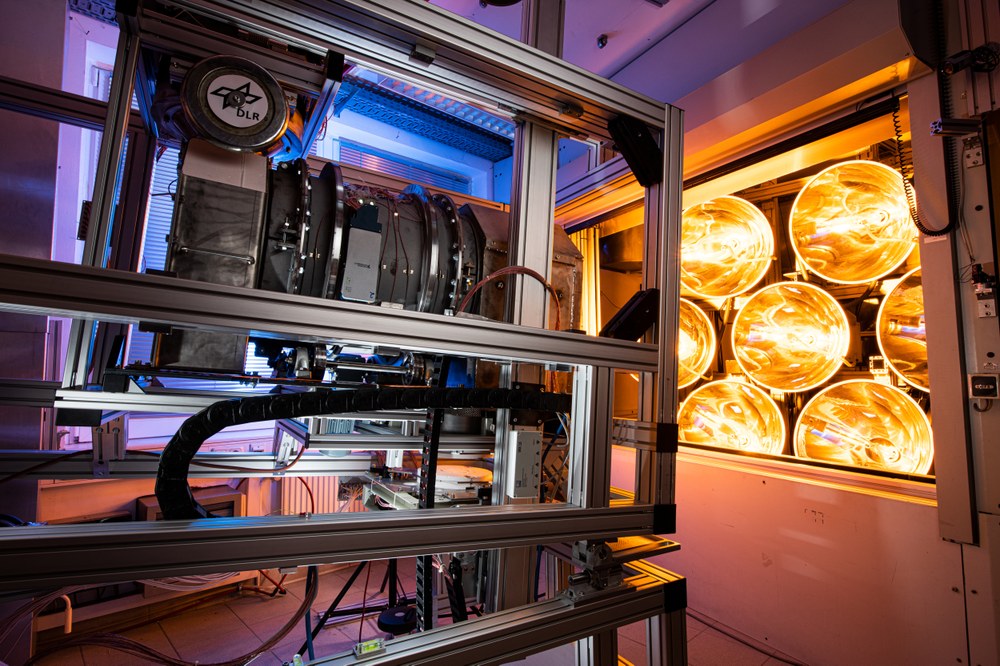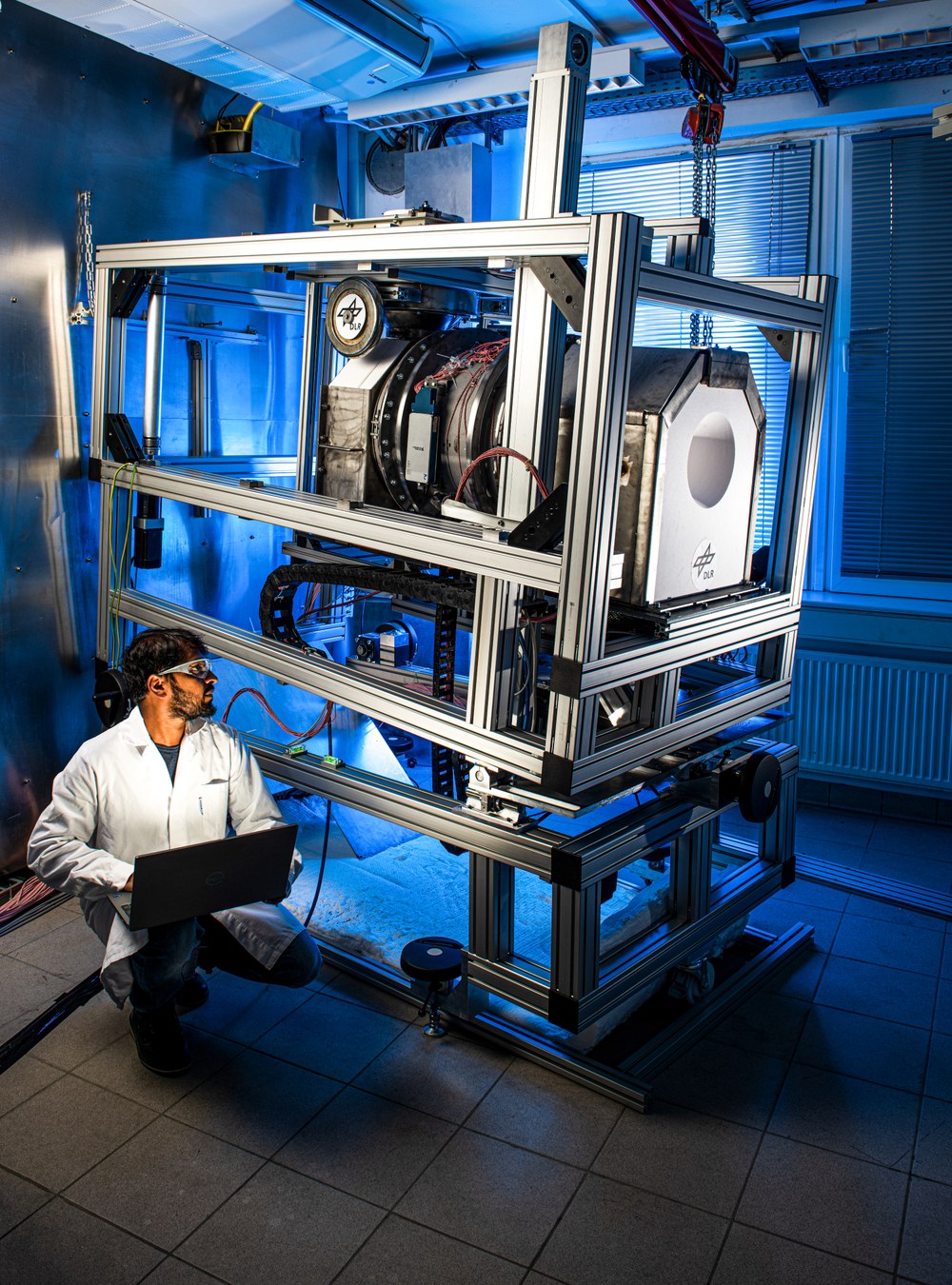HOTPORT

Particles in high temperature solar applications
Duration: 01.06.2019 – 31.12.2022
Concentrating solar technology can replace fossil fuels not only in electricity generation, but also in the industrial and transport sectors.
New technologies are needed to advance such solar applications: new receivers in which the solar radiation is absorbed, heat transfer media, high-temperature heat exchangers and storage. In recent years, particles made of ceramics or metals have proven to be an interesting alternative to the previous liquid heat transfer media. They can be used both in the receiver, where they absorb the solar radiation directly, and as a storage material.
A big advantage is that they can be used for temperatures above 1000 degree Celsius. At the same time, they are often cheaper than liquid heat transfer media and non-toxic. Various solar particle receivers have already been successfully tested. However, the handling of the particles is still a major challenge, because the hot particles must be transported from the solar receiver to the next process components, such as the storage tank or the heat exchanger.

The HOTPORT project deals with the transport of particles for solar thermal and solar thermochemical applications. The aim of the project is to develop and qualify a high-temperature transport and lock system for particles at temperatures of up to 1500 degree Celsius. For this purpose, a test stand is being developed that demonstrates the controlled handling and low-heat-loss transport of particles. The particles are heated by concentrated radiation from a solar simulator and then automatically transported through the system. The system transports the particles to a storage tank from which the particles are returned to the receiver, thus closing the particle cycle.
In the project, the individual components of the demonstrator are developed, built and tested. To this end, the use of innovative materials that can withstand the high temperatures, are chemically inert and suitable for frequent transfer of particles is being investigated. A scale-up study presents the large-scale application of the technology and compares it with alternative concepts.
Project | HOTPORT |
|---|---|
Duration | 01.06.2019 – 31.12.2022 |
Project partners |
|
Funding |
